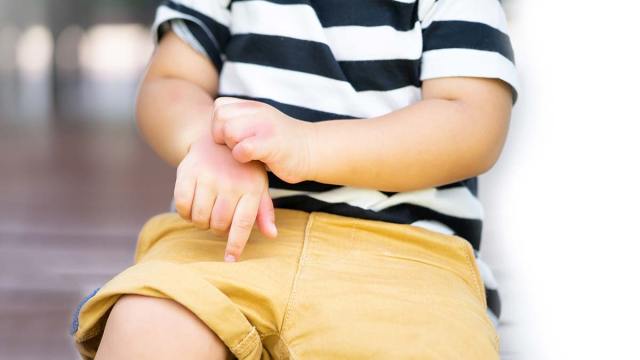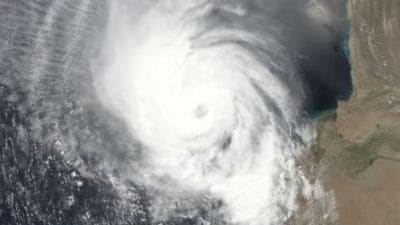Dengue In Children: An Overview
With the recent heavy rainfall in North India, there have been increasing concerns regarding the outbreak of dengue. The likelihood of dengue has also been increased due to the extensive flooding in various parts of the country.
 Dengue In Children: An Overview
Dengue In Children: An Overview With the recent heavy rainfall in North India, there have been increasing concerns regarding the outbreak of dengue. The likelihood of dengue has also been increased due to the extensive flooding in various parts of the country. Children are particularly vulnerable to the dangerous effects of dengue.
Dengue fever is spread by the Aedes aegyptyi mosquito which breeds in stagnant water. During rainfall or floods, water accumulates in various (often innocuous) spaces, providing an ideal place for mosquitoes to breed.
Delhi has already seen an uptick in the number of cases of dengue. As of July 8th, a total of 136 cases of dengue have been reported in Delhi, with a significant proportion affecting children.
Last year, a staggering 2,33,251 cases of dengue were reported from India according to the National Centre for Vector-borne Diseases Control (NVBVDC) 2022 report of which there were more than 303 deaths. Delhi itself recorded 10,183 cases and 9 fatalities in the same period
Children because of their delicate physiology are more prone to the dangerous effects of dengue and the disease can progress rapidly from fever to dengue hemorrhagic fever and dengue shock syndrome which can have fatal consequences.
Children often present with high fever, headache and body ache. With development of complications like low platelet counts, they can have bleeding from the nose, gums, intestines, breathing difficulty, swelling of the hands, face, feet and low blood pressure. These symptoms represent a critical situation and must be treated promptly. Any child with fever must be shown to a doctor well in time to ensure early diagnosis and intervention in case of complications.
Do’s and don’ts:
- Eliminate water logging in and around the house- water can stagnate in coolers, pots, receptacles, water tanks etc and provide the ideal breeding ground for mosquitoes. Their regular drainage and the use of larcvicidal chemicals will prevent mosquito breeding
- Personal protection- use mosquito nets (preferably treated with insecticide) on beds
- Use window and door screens to prevent entry of mosquitoes into the house
- Reduce outdoor activity. The aedes mosquito is most active during the mornings and evenings. Avoid outdoor activities during these times.
- Protect your skin from bites by using long sleeved clothes and use a proprietary mosquito repellant. Choose repellents that contain ingredients like DEET, picaridin, or oil of lemon eucalyptus for effective protection.
- A person who develops fever, particularly if it is high, and associated with body ache, headache, eyeball pain should immediately consult a doctor. The use of certain fever medications can be associated with complications in dengue and should be taken only with the advice of the doctor
- Take plenty of oral fluids like water, fresh juice, soups, ORS, coconut water to maintain adequate hydration
- Keep in mind certain serious danger signs like persistent vomiting, breathlessness, extreme lethargy, poor urine output, bleeding from any part of the body and unconsciousness which would necessitate immediate treatment.
 Dr. Ram Gopal Holla, Senior Consultant Neonatology & Pediatrics, MBBS, MD (Pediatrics), DM (Neonatology), Rosewalk by Rainbow Hospitals, Panchsheel Park, Delhi
Dr. Ram Gopal Holla, Senior Consultant Neonatology & Pediatrics, MBBS, MD (Pediatrics), DM (Neonatology), Rosewalk by Rainbow Hospitals, Panchsheel Park, Delhi
Dr. Ram Gopal Holla
Senior Consultant Neonatology & Pediatrics, MBBS, MD (Pediatrics), DM (Neonatology)




- 01
- 02
- 03
- 04
- 05



























